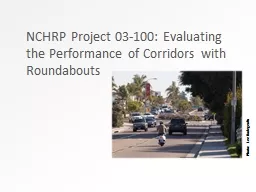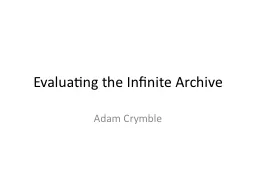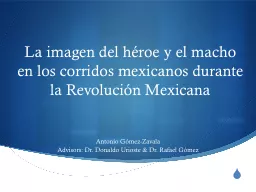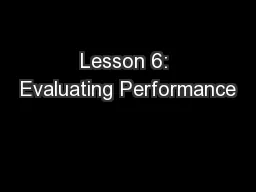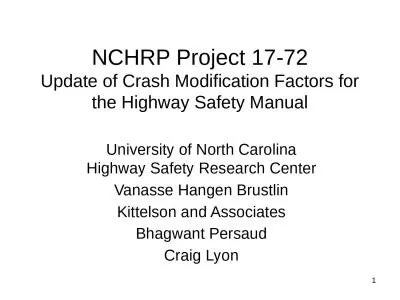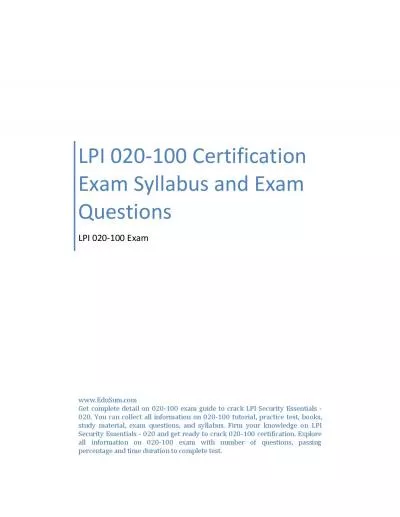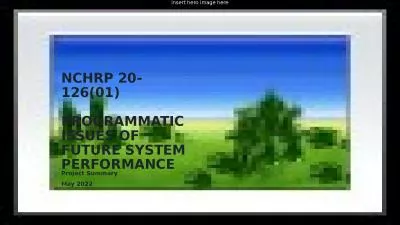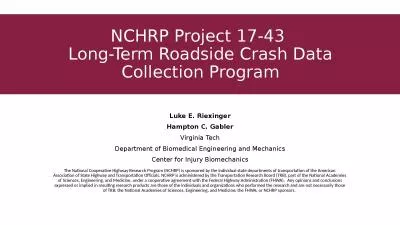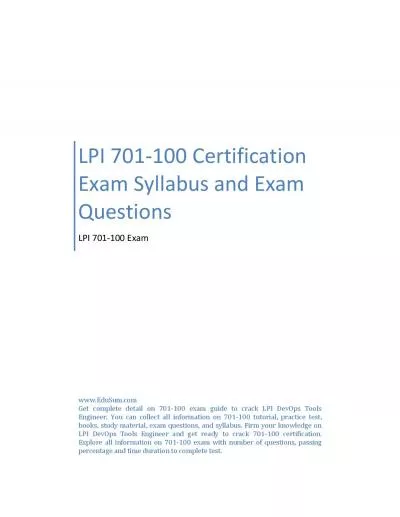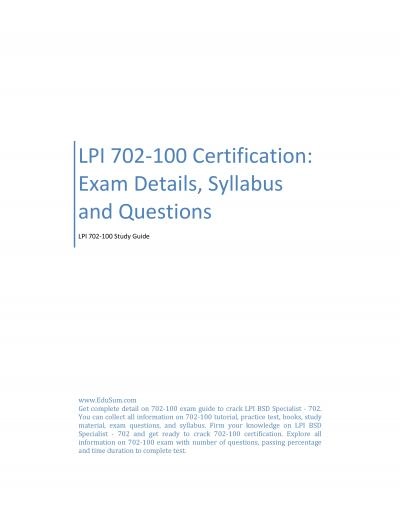PPT-NCHRP Project 03-100: Evaluating the Performance of Corrido
Author : calandra-battersby | Published Date : 2015-11-15
Photo Lee Rodegerdts Contractors Kittelson amp Associates Inc Lee Rodegerdts Principal Investigator Brian Ray Pete Jenior Zachary Bugg Institute for Transportation
Presentation Embed Code
Download Presentation
Download Presentation The PPT/PDF document "NCHRP Project 03-100: Evaluating the Per..." is the property of its rightful owner. Permission is granted to download and print the materials on this website for personal, non-commercial use only, and to display it on your personal computer provided you do not modify the materials and that you retain all copyright notices contained in the materials. By downloading content from our website, you accept the terms of this agreement.
NCHRP Project 03-100: Evaluating the Performance of Corrido: Transcript
Download Rules Of Document
"NCHRP Project 03-100: Evaluating the Performance of Corrido"The content belongs to its owner. You may download and print it for personal use, without modification, and keep all copyright notices. By downloading, you agree to these terms.
Related Documents

